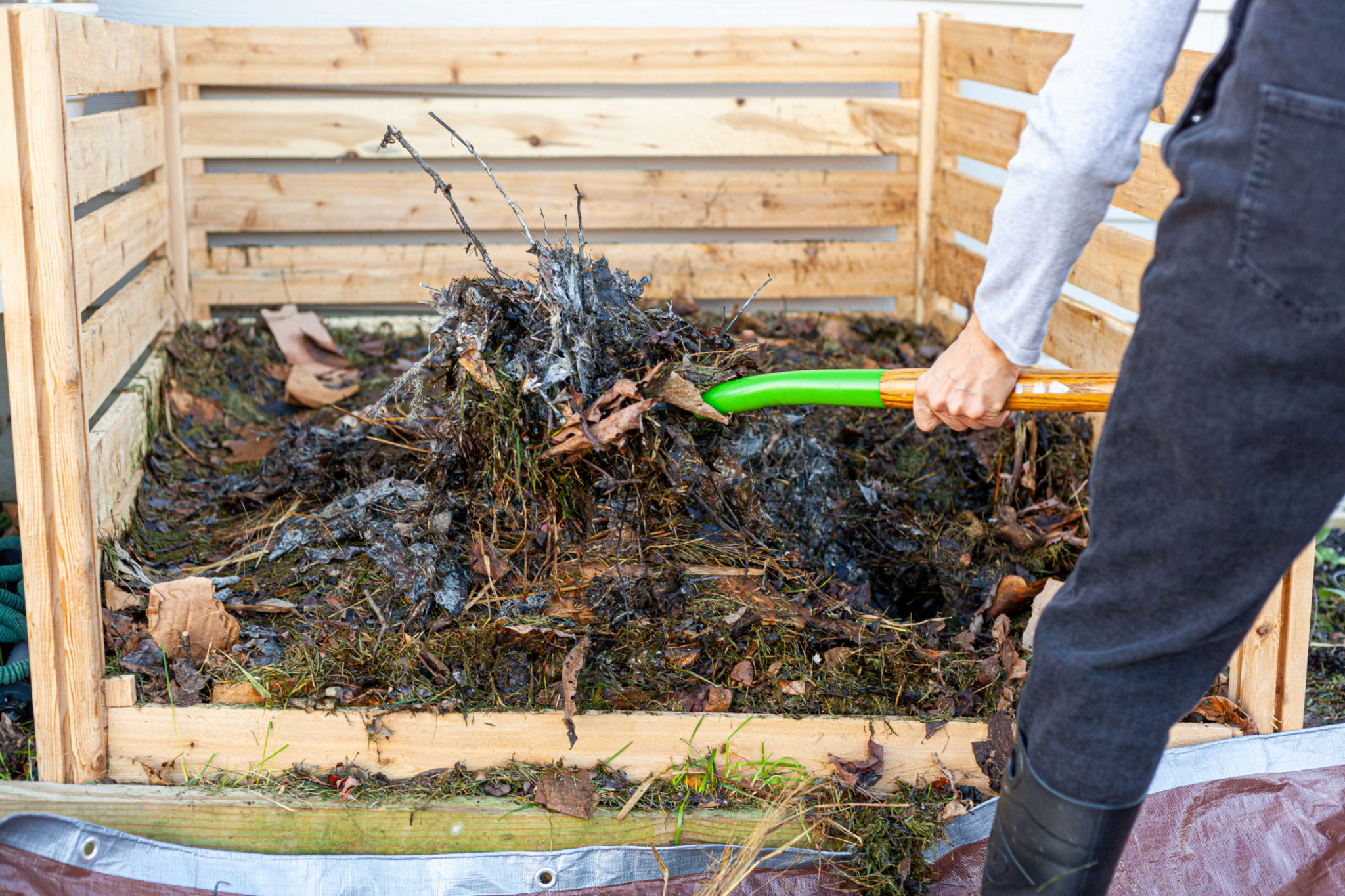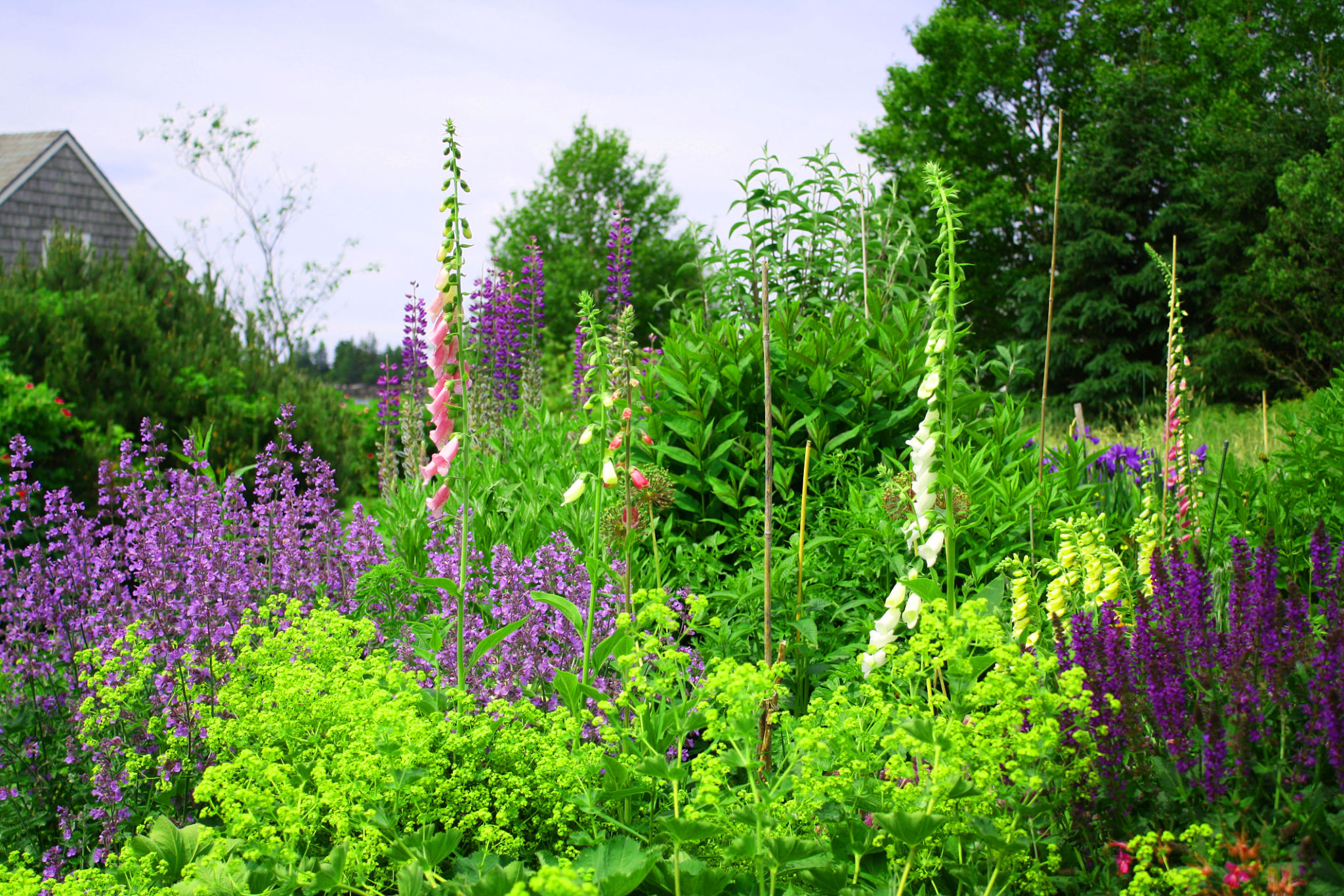The Benefits of Eco-Friendly Landscaping Practices
Introduction to Eco-Friendly Landscaping
Eco-friendly landscaping is more than just a trend; it's a movement towards creating sustainable and beautiful outdoor spaces. By incorporating environmentally conscious practices into landscape design, homeowners can enjoy a garden that is not only aesthetically pleasing but also beneficial to the planet. This approach reduces waste, conserves water, and supports local ecosystems.

Water Conservation
Efficient Irrigation Systems
One of the primary benefits of eco-friendly landscaping is water conservation. Traditional landscaping often relies on excessive watering, leading to wastage and increased utility bills. By using efficient irrigation systems like drip irrigation, homeowners can significantly reduce water usage. These systems deliver water directly to the roots, minimizing evaporation and ensuring plants receive the moisture they need.
Drought-Resistant Plants
Choosing drought-resistant plants is another effective strategy for conserving water. These plants are adapted to thrive in dry conditions and require minimal watering once established. Succulents, lavender, and native grasses are excellent choices for creating a drought-resistant garden that remains lush and vibrant.

Soil Health and Fertility
Composting
Maintaining soil health is critical for any garden's success. Composting is an eco-friendly practice that enhances soil fertility by recycling organic waste. By converting kitchen scraps and yard waste into nutrient-rich compost, gardeners can enrich the soil without relying on chemical fertilizers, promoting healthier plant growth and reducing landfill waste.
Mulching
Mulching is another beneficial practice for improving soil quality. By covering the soil with a layer of organic material, such as wood chips or straw, moisture retention is increased, weed growth is suppressed, and soil temperature is regulated. Mulching also adds organic matter back into the soil as it decomposes, further enhancing its fertility.

Promoting Biodiversity
Native Plant Species
Eco-friendly landscaping often involves the use of native plant species, which are naturally suited to the local climate and soil conditions. These plants provide habitat and food for local wildlife, including pollinators like bees and butterflies. By fostering biodiversity, homeowners can create a balanced ecosystem that supports a wide range of species.
Creating Wildlife Habitats
Additionally, eco-friendly landscapes can include features that support wildlife, such as birdhouses, bee hotels, and water features like small ponds. These elements attract beneficial species that contribute to pest control and pollination, reducing the need for chemical interventions.

Reducing Carbon Footprint
Sustainable landscaping practices also help reduce a garden's carbon footprint. By eliminating or reducing the use of gas-powered tools in favor of manual or electric alternatives, emissions are significantly lowered. Furthermore, planting trees and shrubs can help sequester carbon dioxide from the atmosphere, contributing to overall climate change mitigation efforts.
Conclusion
Adopting eco-friendly landscaping practices not only benefits individual gardens but also contributes positively to environmental health on a larger scale. By conserving water, enhancing soil health, promoting biodiversity, and reducing carbon emissions, homeowners can create beautiful outdoor spaces that are both sustainable and harmonious with nature. Embracing these practices leads to healthier landscapes and a healthier planet.